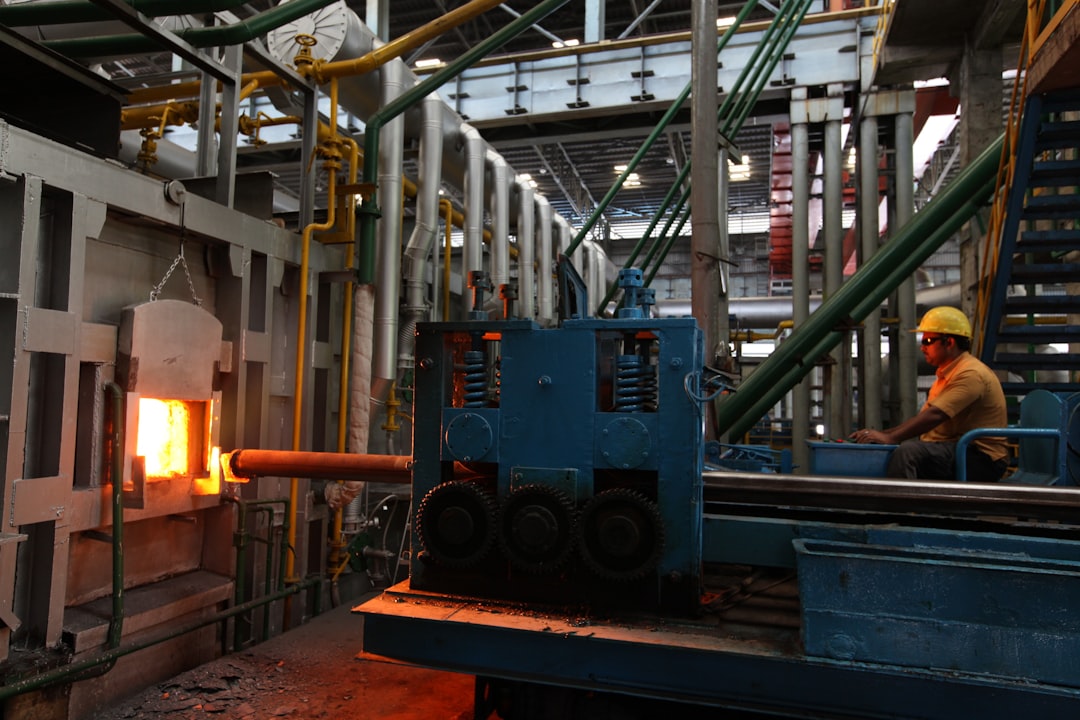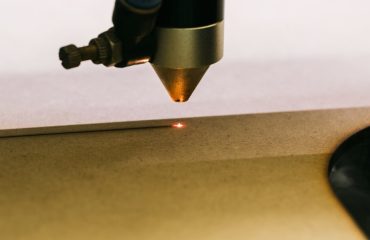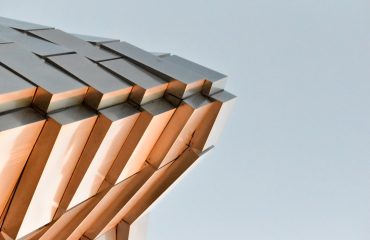Steel, a cornerstone of modern construction and manufacturing, demands precise and efficient cutting techniques. The choice of method depends heavily on factors such as material thickness, desired cut quality, production volume, and budget. This comprehensive guide explores the diverse world of steel cutting technologies, providing insights into their strengths and limitations.
1. Thermal Cutting: Harnessing Heat for Precise Separation
Thermal cutting methods utilize intense heat to melt and vaporize the steel, creating a cut. This category encompasses several popular techniques:
- Oxy-fuel cutting (OFC): This classic method uses a high-velocity jet of oxygen to burn the steel, requiring preheating to ignition temperature. It’s cost-effective for thick steel plates but leaves a relatively rough cut and is unsuitable for stainless steel or other reactive metals. The heat-affected zone (HAZ) can also be substantial.
- Plasma arc cutting (PAC): A constricted arc of plasma, an electrically conductive gas, melts and cuts the steel. PAC offers higher cutting speeds than OFC, a narrower kerf (cut width), and better quality for thicker materials. It’s versatile and applicable to various steel grades, including stainless steel.
- Laser cutting: A highly focused laser beam melts and vaporizes the steel, providing exceptional accuracy and precision. Laser cutting is ideal for intricate designs and thin-to-medium thickness steel sheets. The clean cuts minimize post-processing needs, and it can handle various materials.
2. Mechanical Cutting: Precise Power Without the Heat
Mechanical cutting methods rely on physical force to sever the steel. These techniques offer different advantages depending on the application:
- Shearing: A powerful press uses blades to shear the steel, creating a relatively clean cut, particularly effective for thin sheets. It’s a fast and efficient method for mass production but is limited by material thickness and requires specialized machinery.
- Sawing: Using abrasive or toothed blades, sawing is versatile and can handle various thicknesses and steel grades. Band saws offer smooth cuts, while abrasive saws are more aggressive and suitable for tougher materials. However, sawing can be slower than other methods.
- Abrasive waterjet cutting (AWJ): This method uses a high-pressure jet of water mixed with an abrasive material to cut through steel. AWJ is highly versatile, capable of cutting almost any material with minimal heat-affected zone, making it ideal for intricate shapes and delicate parts. It’s slower than thermal methods but offers superior precision.
3. Abrasive Cutting: Utilizing Friction and Grit
Abrasive cutting employs abrasive materials to wear away the steel, producing a cut. The most common method is:
- Abrasive wheel cutting: Utilizing rotating wheels coated with abrasive materials, this technique is effective for various steel types and thicknesses. It’s versatile but can generate considerable heat and require significant post-processing depending on the desired finish.
4. Choosing the Right Steel Cutting Technology: A Practical Guide
Selecting the appropriate steel cutting technology necessitates careful consideration of several factors:
- Material thickness: Thicker materials often require thermal or mechanical methods, while thinner materials are amenable to shearing or laser cutting.
- Desired cut quality: Laser cutting and abrasive waterjet cutting offer superior precision, while oxy-fuel cutting produces a rougher cut.
- Production volume: High-volume production favors faster methods like shearing or plasma cutting, while lower-volume projects might benefit from the precision of laser cutting.
- Material type: Certain methods are better suited to specific steel grades. For instance, stainless steel is often cut using plasma or laser cutting to avoid oxidation.
- Budgetary constraints: Some methods, like laser cutting, are more expensive than others, such as oxy-fuel cutting.
5. Safety Considerations in Steel Cutting
Steel cutting operations necessitate stringent safety protocols to protect workers from potential hazards. These include:
- Eye protection: Sparks, molten metal, and high-velocity particles require appropriate eye protection.
- Hearing protection: Many steel cutting processes are noisy and require hearing protection.
- Respiratory protection: Fumes and dust generated during cutting necessitate respiratory protection, especially in enclosed spaces.
- Proper ventilation: Adequate ventilation is crucial to remove harmful fumes and dust.
- Personal protective equipment (PPE): Appropriate PPE, including gloves, safety shoes, and flame-resistant clothing, should be worn at all times.
- Machine guarding: Machines should be properly guarded to prevent accidental contact.
Understanding the nuances of each steel cutting technology enables manufacturers and engineers to optimize their processes, ensuring efficient, precise, and safe operations. The right choice depends on a careful evaluation of the project’s specific requirements.
Tags: steel cutting, steel cutting methods, thermal cutting, mechanical cutting, abrasive cutting, laser cutting, plasma cutting




